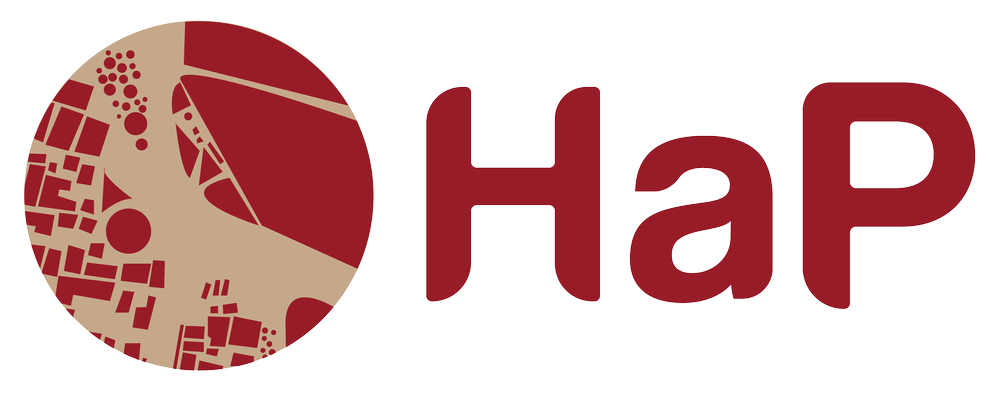Achham and Dailekh
Menstrual Hut. Photo by Rajya Laxmi Gurung.
This research by Stefani Lotter explored the understudied area of female-owned architecture in Nepal. Since the built environment is generally owned by men in patriarchal societies such as in Nepal, the female-owned menstrual hut represents an interesting anomaly.
Chhaupadi pratha, the practice of staying outside the house during menstruation, has been declared a harmful tradition in Nepal. Achham and Dailekh are two districts where the practice remains strong despite the government destroying menstrual huts and countless NGO initiatives trying to influence women's behaviour to end the practice.
This study takes a heritage and material culture approach, exploring architecture and objects used during menstrual exclusion to gain a deeper understanding of the practice and its flexibility. The study revealed that the architecture of menstrual huts follows the concept of the domestic mandala, with families seeking protection through upholding strict purity rules. Changes to the practice enforced by law resulted in fascinating architectural adaptations that found a compromise between protecting the domestic mandala and upholding a tradition.

